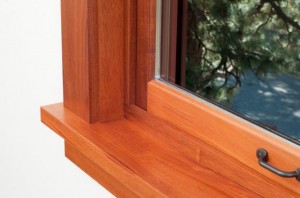 There are so many different types of window replacements available in the market today, each with varying degrees of energy-efficiency that consumers may be unaware of. To help consumers make informed decisions, the Department of Energy (DOE) has compiled a brief overview of the following different types of window frames and their benefits and features:
There are so many different types of window replacements available in the market today, each with varying degrees of energy-efficiency that consumers may be unaware of. To help consumers make informed decisions, the Department of Energy (DOE) has compiled a brief overview of the following different types of window frames and their benefits and features:
- Aluminum or Metal Frames – Aluminum and metals frame windows, due to its material, produce a lot of heat and can be a poor choice for insulation. However, if it is fashioned with insulating plastic strips around the frame and sash, aluminum and metals frame windows can be very effective in reducing heat flow. As well these window frames are very sturdy, light and require little maintenance.
- Composite Frames – As it is in the name, composite frame windows are made up of composite wood products such as particleboard and laminated strand wood. Composite frames are very secure, have good structural and thermal properties as well as have moisture and decay resistance feature.
- Fiberglass Frames – Fiberglass window frames is one of the most effective in thermal performance than any other window frames available. The fiberglass material provide air cavities that can be filled with insulation keeping your home in a comfortable temperature.
- Vinyl Frames – Vinyl window frames are also highly effective in thermal performance. Made of polyvinyl chloride (PVC) and ultraviolet light (UV) stabilizers, vinyl frames keep sunlight from breaking down material, contain good moisture resistance and, like fiberglass frames, have air cavities that can be filled with insulation.
- Wood Frames – Although wood window frames require regular maintenance, they are effective in insulation due to its properties to expand and contract in response to weather conditions.
Source: http://energy.gov/energysaver/articles/window-types
By: Paul Doh
